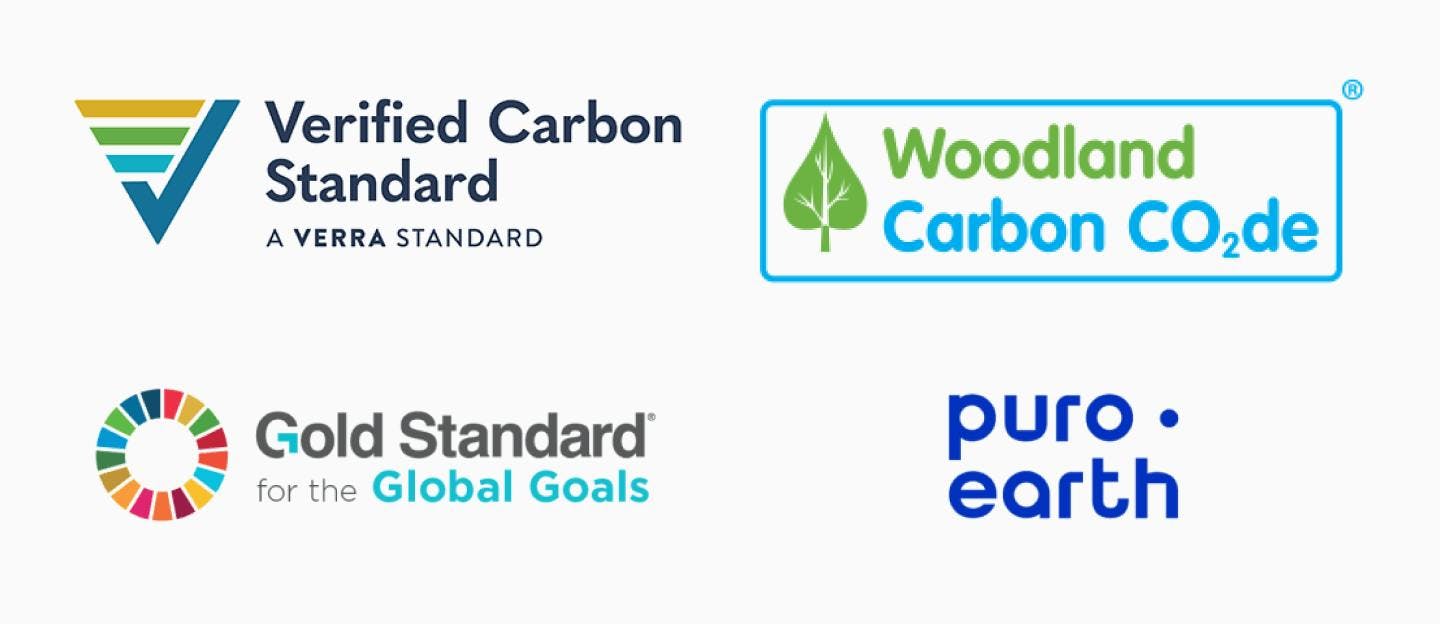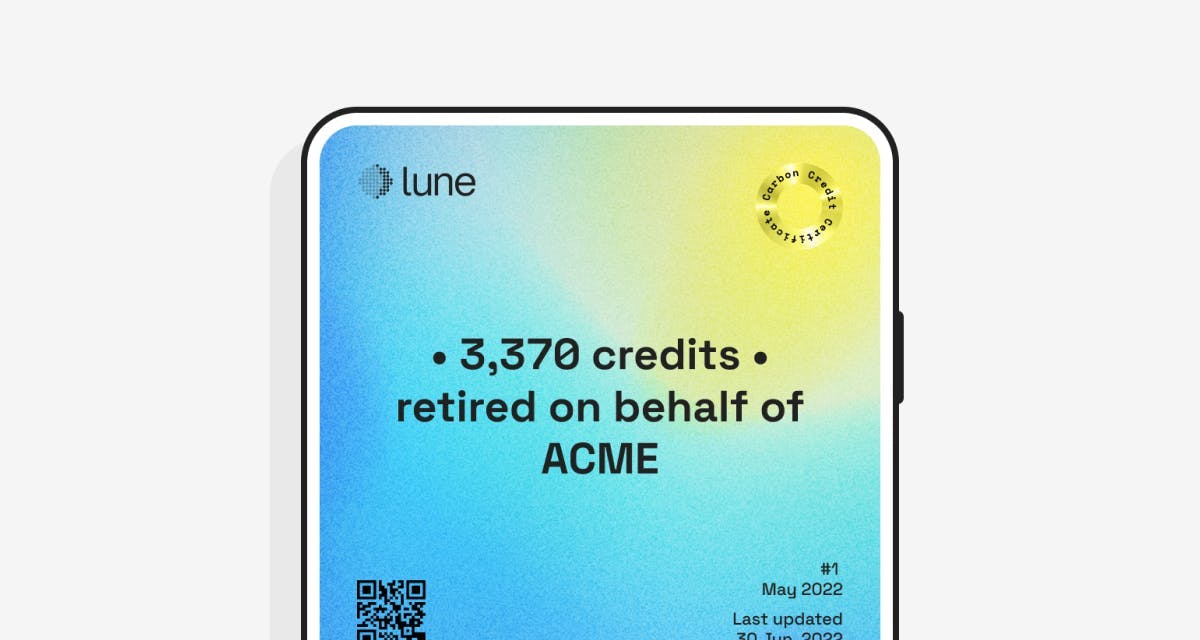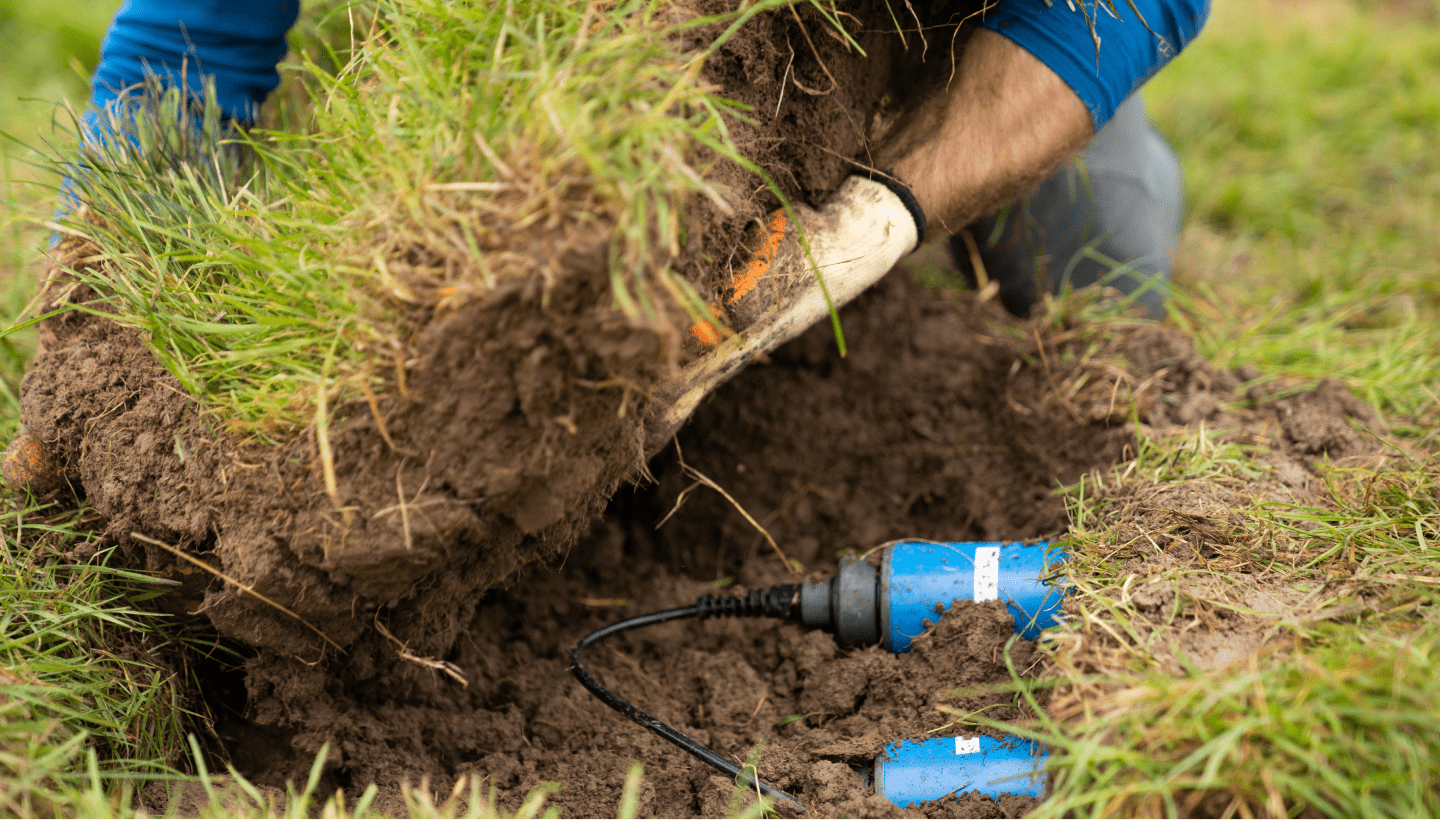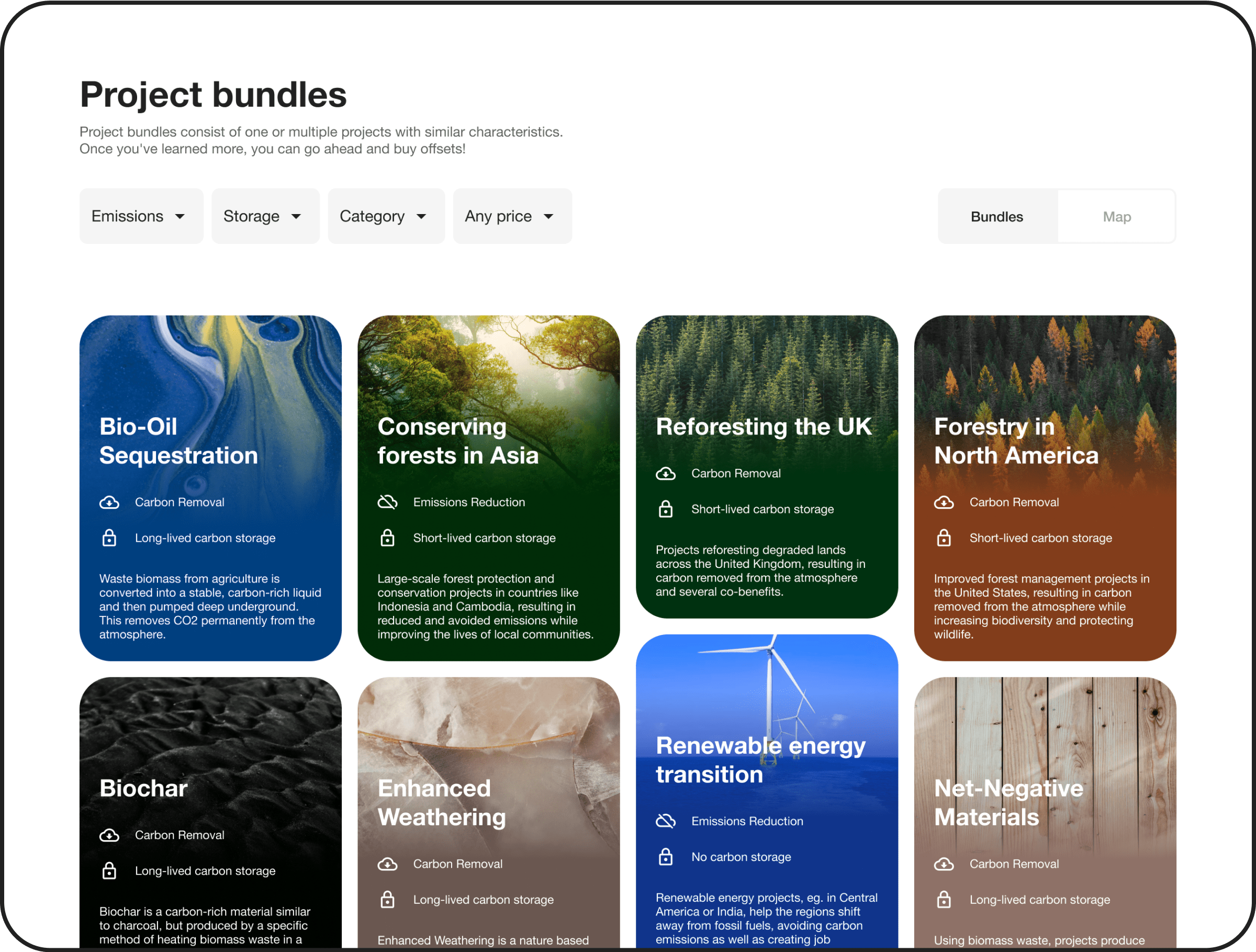

There are two rules we live by when it comes to carbon offsetting for businesses:
- Always choose high-quality carbon offset projects
- Prioritise carbon removal projects – particularly innovative and permanent storage solutions.
If you’re curious about why we recommend that companies prioritise contributing to carbon removal projects, take a look at our blog on the topic: Contribution over compensation: an impact-led approach to buying carbon offset credits.
For this blog we’ll be focusing on low-quality vs high-quality carbon offset projects. What are high-quality carbon offsets? Why is it important to opt for them? How can you tell the difference between high and low quality projects?
Before we dive into it, you can also take a look at exactly how we evaluate carbon projects for quality for our own Lune project library, in our project evaluation process guide.

High-quality carbon offset projects
So what actually is a high-quality carbon offset?
In basic terms, a carbon offset is high-quality if it definitely provides the carbon benefit that it claims to – whether that be emissions avoidance or carbon removal.
There are several markers of quality to look out for:
- External checks and verification – including certification by carbon standards
- Single counting
- Permanence
- Additionality
- Avoiding overestimation.
Let's take a closer look at each of these markers of high-quality carbon offsets.
External checks and verification
The approach and methodology a project adopts for the design, development, and ongoing management of the project should always be checked and verified by a trusted independent third-party, to ensure the method is sound and is backed by the latest science.
This external verification is the role that a carbon standard plays – with well known, trusted examples being the Verified Carbon Standard by Verra, Gold Standard, Puro.Earth, the UK Woodland Carbon Code etc.
Carbon standards can verify and certify any project where the methodology is well-established. This is true for most emissions avoidance projects – these methods are typically tried and tested, such as renewable energy projects or forestry projects. Puro.Earth also certifies established carbon removal methodologies, such as biochar and net-negative materials.
So, for these more established carbon offset project types, you would expect a high-quality project to have been verified by a carbon standard such as those above – if they aren’t, that’s a huge red flag for the quality of the project.
However, there are also lots of new and innovative techniques coming into play, especially for carbon removal. For new methods there will be no existing standard to be certified under, because it's too early to have checked and verified the techniques. But, if high-quality, projects using these new techniques will be on the pathway to certification. Their methodology may have been assessed and approved in principle by a carbon standard, or they may be developing their own methodology which will then be independently checked and verified – and at this point may be accepted by a carbon standard.
As an example, there is currently no accepted standard methodology for enhanced weathering. But, in October 2022 Puro.Earth published their in-progress methodology for enhanced weathering for public consultation – once completed, enhanced weathering projects will be able to be developed in line with this verified methodology. In the meantime, high-quality enhanced weathering projects like UNDO are also working to develop their own methodologies using robust science and third-party verification.

Single-counting
Single-counting means that a carbon credit has only ever been bought and claimed by one entity. If a carbon credit is 'double-counted' it means that multiple entities have claimed that credit, which means the purchase is not having the desired impact. For instance, a business could be purchasing 100 carbon credits from a carbon offset project, but if those carbon credits have already been sold to another buyer, there is no additional impact.
Carbon standards typically also have their own carbon registry – an online system used to track carbon credits being issued to project developers and purchased by buyers – which provides assurance of single-counting for the carbon offset projects verified within that carbon standard.
Projects not certified by a carbon standard is essentially managing that process of carbon credits being issued and claimed by carbon buyers themselves. This requires careful policing and monitoring to ensure that all carbon credits are single-counted, and a high-quality project will be able to provide you with the information on how they go about this process.
At Lune, we issue a Lune carbon offset certificate for every purchase made of carbon credits through our dashboard or API – which guarantees that the carbon credits you've purchased are unique and traceable, with a unique ID making them very difficult to counterfeit.
For more information: what is double counting in offsetting?
And for more information about Lune's carbon offset certificates: Forget sealing wax: designing a certificate in step with the times

Permanence
Permanence refers to how durable the carbon benefit from an offset project is, taking into account the risk of reversal.
Permanence is typically used as a measure of quality in carbon offsetting projects which involve storage – because in projects with no storage (i.e. emissions reductions projects like renewable energy and methane reduction in the dairy industry) the risk that the carbon benefit will be reversed is much reduced.
Permanence, durability, and storage varies greatly across different types of carbon offset projects.
For more information: Permanence in carbon offsetting, explained
Additionality
Additionality is an important, and long-standing principle within the voluntary carbon market. It means that a project results in emissions reductions or carbon removals in addition to the ‘business as usual’ scenario which would have occurred without the project existing – so the project needed to exist for those emissions to be reduced or removed.
If emissions reductions or removals would have occurred anyway, in the absence of the project, then project developers are effectively rewarded financially for taking actions that were going to happen anyway. Even worse, there has been zero additional impact on the fight against climate change.
For more information: Additionality in carbon offsetting, explained
Subscribe for the latest insights into driving climate positivity
Avoiding overestimation
Carbon credits are issued for a project based on the carbon benefit a project brings – the amount of carbon emissions avoided or removed from the atmosphere – with 1 carbon credit representing 1 tonne of CO2.
Because of this, it’s incredibly important that the carbon benefit of a project is quantified correctly – that initial estimates during development are rigorous, and that ongoing measurement and monitoring ensures those estimates are accurate – to ensure that those claims of emissions avoided or carbon removed are accurate.
With a high-quality project you’d expect to see transparency about their approach to estimating impact, and the measurement and monitoring in place to check for accuracy throughout the project's lifetime. If verified under a carbon standard, this will be part of the verification process.
For more information: Avoiding overestimation in carbon offset projects, explained

What about the low-quality carbon offset projects out there?
And on the other side of the coin...
The voluntary carbon market (VCR) is relatively new and is unregulated, leading to an abundance of offset projects that are untrustworthy or illegitimate trying to take a piece of the pie. These are known as low-quality carbon offset projects.
These low-quality projects are not verified and have no proof of durable and measurable carbon removal or emissions avoidance. They’re typically cheap to purchase, which can make them look attractive to businesses. But, they have little or no positive climate impact – meaning that if you choose to purchase carbon credits from these projects your brand is at risk of being perceived as greenwashing.
A summary of quality in offsets
In summary, a high-quality carbon offset project provides durable and measurable emissions avoidance or carbon removal which has been quantified and is regularly monitored and reported on to ensure it has been correctly estimated – all of which gives a carbon buyer assurance that the project is actually having the positive impact for the planet that they claim to.
It's also important to note that all of these factors mean that high-quality carbon offsets are typically more expensive. Researching, developing, and managing a successful and impactful carbon offsetting project is hard and requires a lot of time and labour, so be wary of cheap offsets – they rarely have the impact they claim to have.
How to evaluate carbon offset projects for quality
When evaluating which carbon offset projects to buy from, we'd recommend looking out for the markers of quality we've highlighted in this post: certification, single-counting, permanence, additionality, avoiding overestimation.
Project developers should be providing this information through their website or other communications channels – often this is all brought together within their methodology and approach, which should be publicly accessible. If this information isn't immediately available, the project should be easily contactable and happy to answer questions about all of these markers. And if not, that's a definite red flag about the quality and integrity of the project.
But, even with this information at hand, we know choosing which carbon offsets to buy can be overwhelming.
That’s why at Lune we’ve curated the highest-quality, trusted projects in our library – to help make the evaluation process a little easier for businesses. Quality is the always the primary factor in how we assess projects, always ensuring they have durable, additional, and measurable impact.
For a closer look at our projects, request access to the Lune dashboard.

Readers also liked
Readers also liked

Subscribe for emissions intelligence insights
Get the latest updates in the world of carbon tracking, accounting, reporting, and offsetting direct to your inbox.


